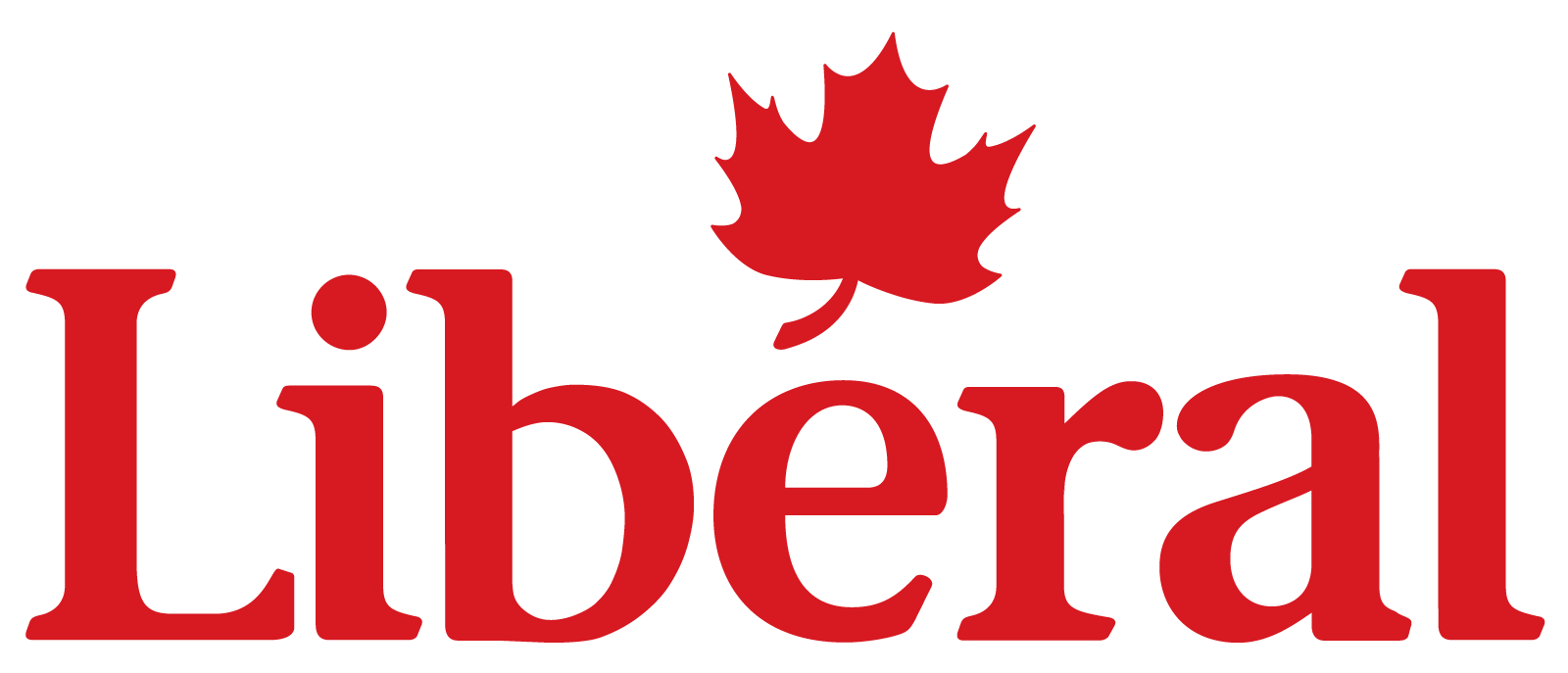
Lack of rent control in provinces such as Alberta, and the lack of full rent control in provinces such as Ontario, creates a massive financial incentive for landlords to evict long-term tenants. Without restrictions, landlords can raise the rent to unaffordable levels between tenancies, further driving displacement and instability in housing. In a tight rental market, lack of rent control is incentivizing landlords to force tenants out and inflate rental prices. This needs to stop. This practice violates the right to adequate housing and threatens the tenant’s security of tenure.
Social housing has remained chronically underfunded by the federal government. In 1993, the federal government terminated all new funding for social housing, effectively halting the development of new affordable housing units. By 1996, the federal government transferred the responsibility for existing social housing to provincial and territorial governments, further reducing its direct involvement and funding in social housing initiatives.
This has resulted in a huge shortage of social housing in Canada. The extent of the problem is so acute that waitlists for social housing range from 10-15 years in major metropolitan cities, like Toronto.
Canada is rapidly losing affordable housing. CMHC (2023) data shows that affordable units for low-income households make up less than 5% in major centres, 1% in Vancouver, and nearly 0% in Ontario cities. Meanwhile, the National Housing Strategy plans to build just 16,000 affordable units per year, while 64,000 are lost annually—meaning for every one unit built, four are lost.
Since the late 1990s, the financialization of rental housing has surged, with large financial firms now owning an estimated 340,000 rental units and controlling 20-30% of Canada’s private rental market. ACORN’s National Survey (2022) highlights the impact on tenants: 80% of renters in financialized housing need urgent repairs, compared to 67% overall; 43% report pest problems; and 19% of Ontario tenants in financialized housing face Above-Guideline Rent Increases (AGIs), compared to 5% under other landlords. Protecting existing affordable housing stock is essential to preventing further displacement and ensuring housing remains accessible for low- and moderate-income Canadians.
The federal government announced a Canadian Renters’ Bill of Rights (RBR) as part of its new housing plan. In September 2024, the government released a Blueprint for the RBR. However, the Blueprint lacked clarity on key tenant protections as well how provinces and territories will be held accountable if they don’t do what they say they will.
In 2021, nearly 1.5 million Canadian households were in core housing need, meaning they lived in unsuitable, inadequate, or unaffordable housing without the ability to afford alternatives. Affordability is the primary issue for 77.1% of these households. Despite over $70 billion invested in the National Housing Strategy, a study by the National Housing Council (2023) found that most new housing remains unaffordable. Federal housing programs often impose only temporary affordability requirements—such as the National Housing Co-Investment Fund, which mandates affordability for just 20 years (HUMA, 2023). After this period, units can be converted to market rates, leading to a steady erosion of affordable housing stock.
Woodhall-Melnik et al. (2022) identified three key reasons why low-income tenants in Canada face the worst climate-related housing insecurity: they often live in older, less resilient buildings prone to environmental hazards, lack the financial means to repair or relocate, and are at higher risk of displacement as landlords use disaster recovery as an opportunity to renovict tenants and attract higher-income renters. Retrofitting Canada’s aging apartment buildings is critical to meeting carbon reduction goals, as most were built before energy efficiency standards existed. ACORN has long highlighted that affordable apartment buildings are frequently poorly maintained, leading to severe energy inefficiencies. In 2021, Canada recorded its highest-ever temperature, 49.6°C. This resulted in 619 heat-related deaths, 98% of which occurred in homes without adequate cooling. The majority of those who died were low-income, elderly, or living alone. Without strong tenant protections in retrofit financing agreements, decarbonization efforts risk worsening the housing crisis.
Real Estate Investment Trusts (REITs) own thousands of multi-residential apartment units all across Canada and enjoy preferential tax treatment from the federal government. REITs are exempt from paying corporate income tax on their earnings. While the government is losing millions of dollars in taxes through these massive tax exemptions, there are no conditions tied to this exemption to ensure that tenants living in buildings owned by REITs have access to affordable or healthy homes. On the contrary, this tax advantage incentivizes REITs to aggressively acquire rental properties and reduce housing affordability. Meanwhile, tenants in REIT owned buildings are facing challenges such as unaffordable rents, inadequate maintenance, evictions due to financialized investment strategies, and a decline in overall housing availability.
Public pension funds and the Canada Mortgage and Housing Corporation (CMHC) continue to finance corporate landlords, including Real Estate Investment Trusts (REITs) and private equity firms, fueling Canada’s housing affordability crisis. These financialized landlords treat rental housing as a high-return investment. The goal of financial firms is to double or triple rents upon tenant turnover, as admitted by a Timbercreek executive at one of their investment conferences (August, 2022, p. 15). In 2022, corporate landlords controlled 344,000+ rental suites, making up 20% of Canada’s purpose-built rental housing stock. Their aggressive acquisition strategies intentionally target provinces with weak rent controls, leading to rent increases far beyond inflation, tenant displacement, and a rapid deterioration of housing conditions. But despite well-documented harms, public pension funds, banks, and CMHC-backed financing continue to support corporate landlords. This means that the retirement security of working Canadians is being built on the backs of struggling tenants.
ACORN (2022) did a national survey which was responded to by 606 tenants. Of those tenants, ACORN could not locate landlord’s information for 36% of respondents. Many landlords hide behind property management companies or numbered companies, leaving tenants with no information about who their landlords are. On November 30th 2020, BC launched the Land Owner Transparency Registry (LOTR). This registry aims to enhance transparency by disclosing individuals who have indirect interests in land within the province. But not all provinces have this in place.
Grocery prices in Canada have risen at their fastest rate in 40 years, while corporate grocery chains continue to rake in record profits. Corporate consolidation in the grocery industry has worsened the crisis, with a handful of powerful chains dominating the market and limiting competition. As food retail margins have doubled since COVID-19, working-class and low-income Canadians are paying the price. Despite rising food costs, grocery executives are making millions, with Loblaws CEO Galen Weston earning $11.7 million in 2022.
Predatory lending traps low- and moderate-income people in cycles of debt. ACORN is calling for immediate federal action to ensure fair, accessible credit. We’re demanding fair, transparent, and affordable lending practices for everyone.
As government programs and tribunals shift to new digital models— Internet can no longer be treated as a luxury item. It is a necessity in the modern world and needs to be accessibly provided to all.
Canada's Employment Insurance (EI) system is in urgent need of reform to better serve all workers, including those in non-traditional employment arrangements. The federal government has acknowledged these challenges and initiated consultations to modernize the EI program, aiming to make it more resilient, accessible, adequate, and financially sustainable. But action needs to be taken:










Stay current with ACORN news and events by joining our mailing list. You will receive updates in your inbox every month.
Subscribe